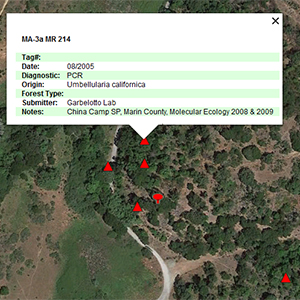What are the revised SOD treatment recommendations that were released in June 2015?
The revised SOD treatment recommendations can be found at: https://nature.berkeley.edu/garbelottowp/?p=1039.
matteolab.org
The revised SOD treatment recommendations can be found at: https://nature.berkeley.edu/garbelottowp/?p=1039.
Question:
My organization is considering launching a large-scale urban tree planting project in the Bay Area, with the goal of adding one million trees to the urban forest inventory within 15 years. We are interested in coast live oak (CLO) as a major component of the effort for a number of reasons, including the ease with which seed can be collected and planted, drought tolerance, habitat value, high potential for carbon sequestration and rainfall interception, and status as a “signature tree” of the local landscape.
The plan is to gather seed locally from many locations, and plant with minimal site preparation and no supplemental irrigation or other artificial life support systems. Trees will be monitored and cared for over time, and replanting will take place as needed to ensure that we continue to make progress toward our goal. Obviously we don’t want to exacerbate the sudden oak death problem. Our hope is that, on the contrary, widespread and large-scale planting with subsequent monitoring might help identify resistant trees. What recommendations do you have?
Answer:
First of all, this is a really neat project and you are absolutely correct about the benefits of planting CLO. Based on the information provided, the following are recommendations for the project:
In addition to coast live oak, it would also be good to plant Oregon white oak in the northern greater Bay Area, valley oak in the middle portion of the Bay Area, and blue oak in the southern part of the Bay Area. The rationale for this is that diversity/biodiversity is always good and the three alternate oak species are immune to SOD. A good overall planting ratio would be 75% CLO and 25% other species.
The big issue is going to be when California bay laurel is present, as it helps to spread Phytophthora ramorum. CLO should never be planted within 20-25 yards of bay for this reason. Unfortunately, bay has become invasive and SOD is actually increasing its abundance, so where bay is at least 10% of the stand, plant the other oak species recommended above. In riparian areas, bay should be left untouched.
Phytophthora ramorum was not discovered as the causal agent of sudden oak death until 2000-2001. Prior to then, it was not understood to be a nursery issue; therefore, there was no concern about spread from nurseries into the wildlands. Since then, DNA analysis has confirmed that the pathogen was unknowingly introduced to both California and southern Oregon via infected nursery stock from multiple nurseries. Prior to 2000 and our knowledge of the pathogen, it appears P. ramorum was moving around via the sale and trade of infected ornamental plants and possibly through movement of cuttings or rootstock for production. While we do not know where the pathogen originates from or how ornamental plant nurseries originally were introduced to it, we believe the nursery to wildland introduction in California began around 1987 in Marin and Santa Cruz Counties.
The lab can, upon request, analyze wood chips at cost ($90 US dollars per sample). Testing would confirm the presence or absence of any known dangerous pathogens.
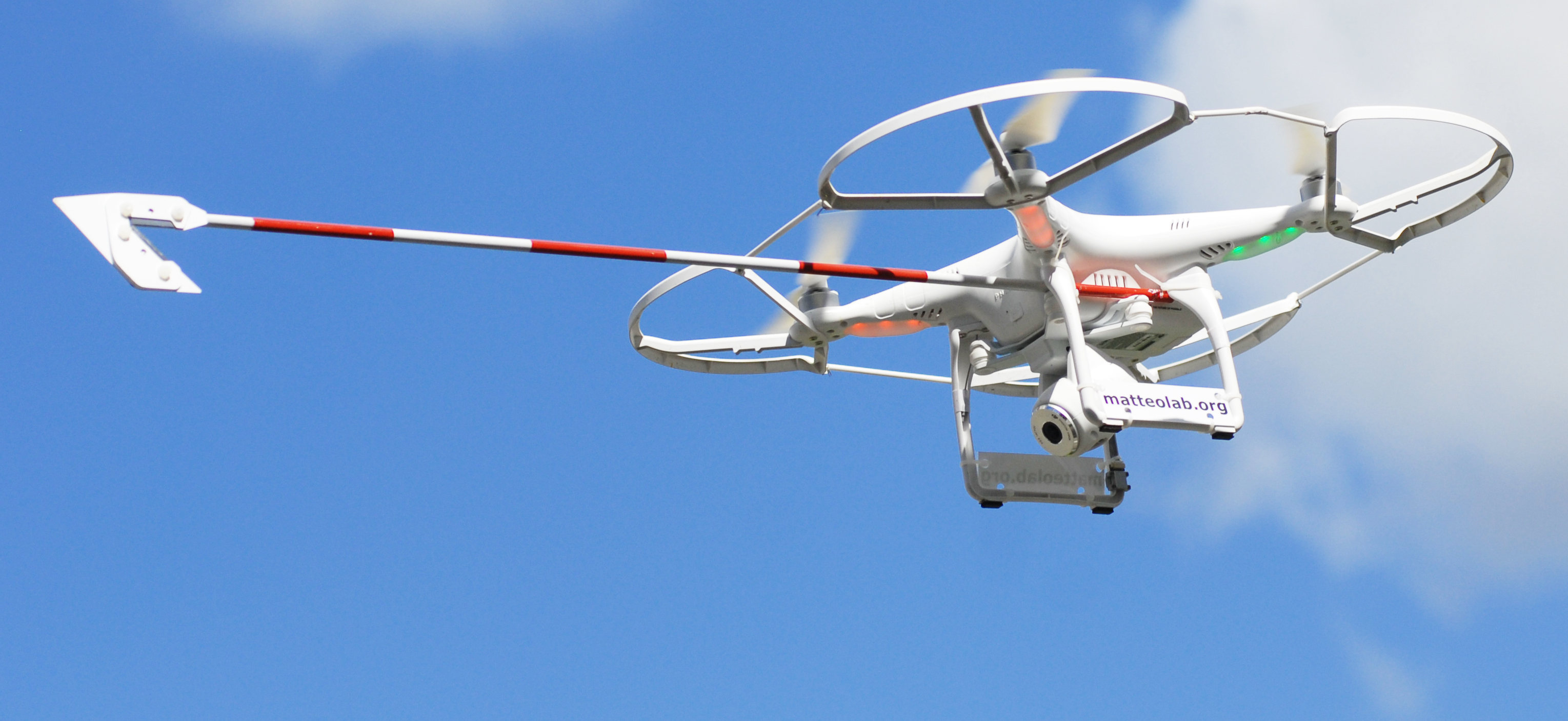
 The Forest Mycology and Pathology Lab at UC Berkeley has developed a new method for sampling forest canopies. The Sampler Drone is a modified DJI Phantom 2 Vision quadcopter that is lightweight, compact, and exceptionally agile.
The Forest Mycology and Pathology Lab at UC Berkeley has developed a new method for sampling forest canopies. The Sampler Drone is a modified DJI Phantom 2 Vision quadcopter that is lightweight, compact, and exceptionally agile.
The Sampler Drone uses GPS positioning and gyroscopic axis stabilization to provide a stable aerial platform for collection of environmental samples. It is capable of hovering close to any portion of the canopy, taking samples, and returning them safely to the ground.
The forward-facing carbon fiber boom can be outfitted with a variety of modules for leaf, water, or air sampling and with a altitude ceiling of 400m, the drone is able to access trees of any height. The integrated HD camera, when combined with FPV headset goggles, allows the operator to pilot the quadcopter remotely from a first person view, in real time.

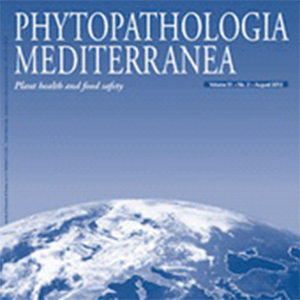
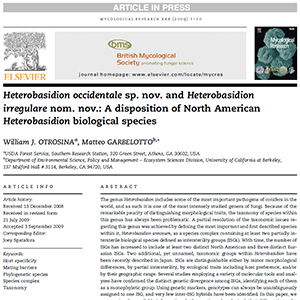
What’s in a name? Two of the most serious wood pathogens of conifers worldwide have been renamed by U.C. Berkeley and US Forest Service scientists. Because of the significant economic and scientific importance of these organisms, and because one of them was introduced in Europe by US soldiers during World War II, this is a long-awaited publication.
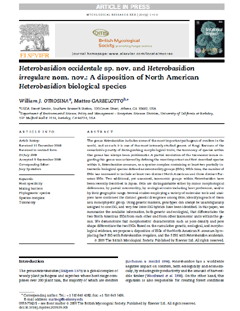
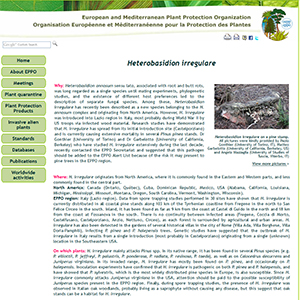
The U.C. Berkeley Forest Pathology Lab directed by Matteo Garbelotto and the Gonthier Lab at the University of Turin, Italy, have jointly discovered the US military transported H. irregulare from North America to Italy in 1944, and have spearheaded most of the research on its invasion process. In October 2013, thanks to their efforts, Heterobasidion irregulare was included in the alert list of fungi by the European and Mediterranean Plant Protection Organization (EPPO). The H. annosum species complex comprises necrotrophic pathogens regarded as the most destructive disease agents of conifers. In the past 40 years, H. annosum s.l. has been the object of more than 1,700 scientific papers, which makes it one of the most intensively studied forest fungi. The complete genome sequence of the fungus is now available, making H. annosum s.l. the first sequenced plant pathogenic homobasidiomycete. Furthermore, it is one of the few examples of a forest pathogen that can be and has been controlled in managed forests. The understanding that two sister allopatric species are now sympatric because of a human-linked intercontinental movement of one of the two, provides the scientific community with the opportunity to understand in-depth the ecological similarities and differences among species within the complex.Pertinent publications from the Berkeley-Turin groups: Giordano, L., Gonthier, P., Lione, G., Capretti, P., M., Garbelotto, M. (2013) The saprobic and fruiting abilities of the exotic forest pathogen Heterobasidion irregulare may explain its invasiveness. Biol Invasions DOI 10.1007/s10530-013-0538-4 PDFGarbelotto M., Gonthier, P. (2013) Biology, Epidemiology, and Control of Heterobasidion Species Worldwide. Annu. Rev. Phytopathol. 51:39-59. PDFGarbelotto M., Guglielmo, F., Mascheretti, S., Croucher, P., Gonthier, P. (2013) Population genetic analyses provide insights on the introduction pathway and spread patterns of the North American forest pathogen Heterobasidion irregulare in Italy. Molecular Ecology, 22: 4855-4869 doi: 10.1111/mec.12452. PDF Gonthier, P., Lione, G., Giordano, L., Garbelotto, M. (2012) The American forest pathogen Heterobasidion irregulare colonizes unexpected habitats after its introduction in Italy. Ecological Applications 22(8) 2135-2143. PDF Gonthier, P. & Garbelotto, M. (2011) Amplified fragment length polymorphism and sequence analyses reveal massive gene introgression from the European fungal pathogen Heterobasidion annosum into its introduced congener H. irregulare. Molecular Ecology 20, 2756-2770 PDF Otrosina, W. & Garbelotto, M. (2009) Heterobasidion occidentale sp. nov. and Heterobasidion irregulare nom. nov.: A disposition of North American Heterobasidion biological species. Mycological Research, doi:101016/j mycres 2009.09.001 PDF Garbelotto, M., Linzer, R., Nicolotti, G., & Gonthier, P. (2009) Comparing the influences of ecological and evolutionary factors on the successful invasion of a fungal forest pathogen. Biol Invasions, doi: 10.1007/s10530-009-9514-4 PDF Linzer, R. E., Otrosina, W. J., Gonthier, P., Bruhn, J., Laflamme, G., Bussieres, G., & Garbelotto, M. (2008) Inferences on the phylogeography of the fungal pathogen Heterobasidion annosum, including evidence of interspecific horizontal genetig transfer and of human-mediated, long-range dispersal. Mol. Phylogenet. Evol., 46, 844-862. PDF Gonthier, P., Nicolotti, G., Linzer, R., Guglielmo, F., & Garbelotto, M. (2007) Invasion of European pine stands by a North American forest pathogen and its hybridization with a native infertile taxon. Molecular Ecology, 16, 1389-1400. PDF |
|
